How Was Your First Time?


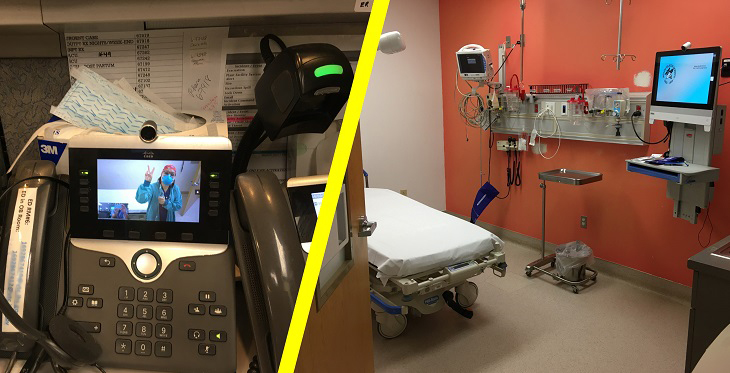
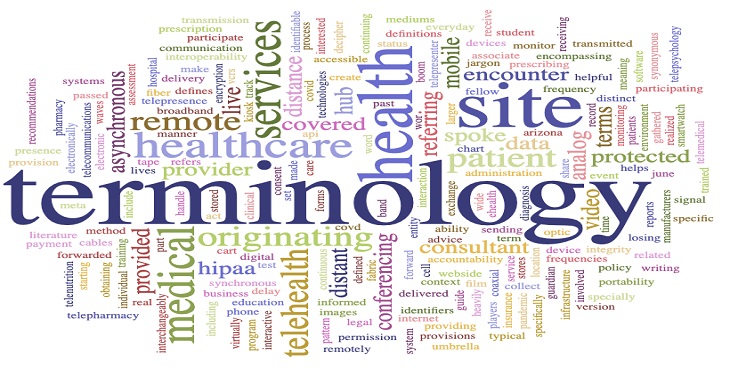
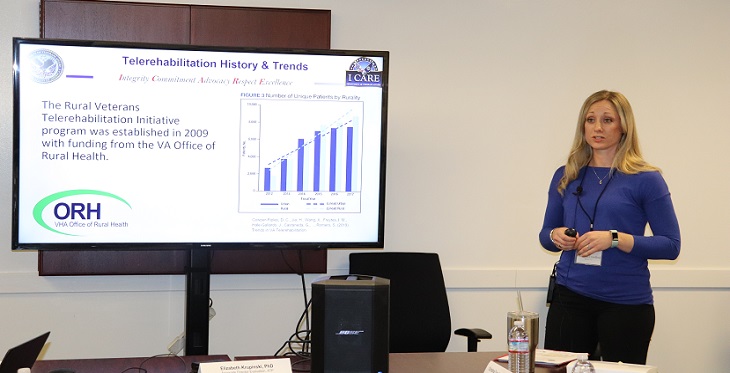
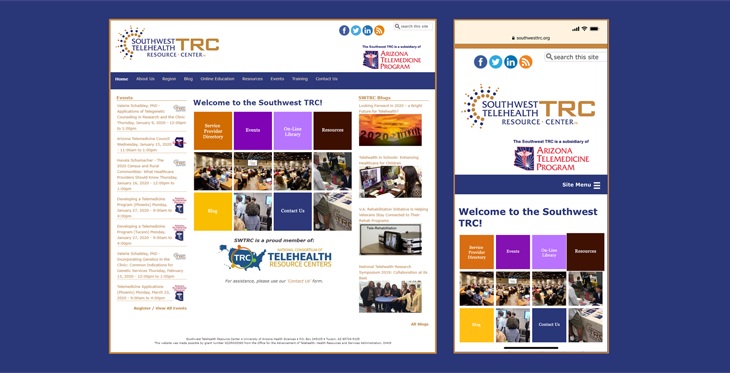
The Arizona Telemedicine Program (ATP) is excited to announce the launch of its new Southwest Telehealth Resource Center (SWTRC) website! We’ve been working hard to update it over the last couple of months. The new website offers updated content, loads quickly, has improved navigation, and features a mobile-device-friendly responsive design.
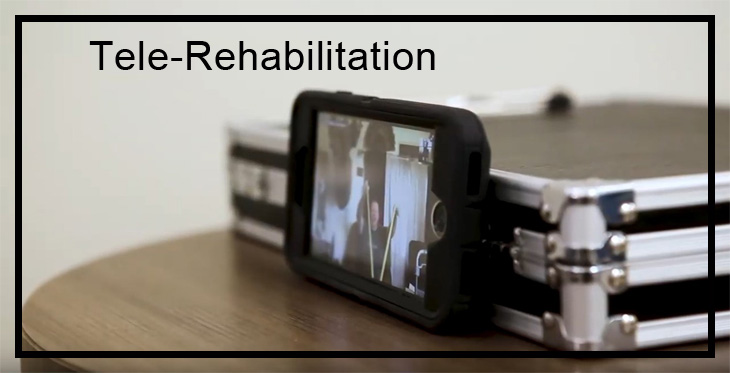
Dr. Valentin Rivish, Director of Telehealth, at the Phoenix Veterans Health Care System, has introduced a telehealth program that will enable Veterans in rehabilitation to continue their physical therapy in their own homes, while connecting with their V.A. health care providers. The program is called V.A. Video Connect.

Successful meetings don’t just happen. There’s a lot of hard work that goes into the planning, organization and execution of these events. The National Telehealth Research Symposium 2019 that was recently held in Chicago is a perfect example of how organizations with common goals can collaborate to create a top-tier meeting (without any vendor support or involvement!) to promote research in connected health and telemedicine. The NTRS 2019 meeting was put together by SEARCH (the Society for Education and the Advancement of Research in Connected Health) and SPROUT (Supporting Pediatric Research on Outcomes and Utilization of Telehealth; a group within the American Academy of Pediatrics). SEARCH’s mission is to promote a platform for researchers, free from commercial bias, to prove the benefits of Connected Health via their annual symposium, with the goal of sharing research findings and to foster collaborations among researchers and organizations who wish to define, develop, and contribute to the field of connected health research. SPROUT’s mission is to promote, develop, and disseminate multicenter value-driven research on pediatric telehealth with the goals of identifying best practices for implementation of pediatric telehealth, determining the impact of telehealth on healthcare quality, and establishing a network of institutions to conduct collaborative research on pediatric telehealth.
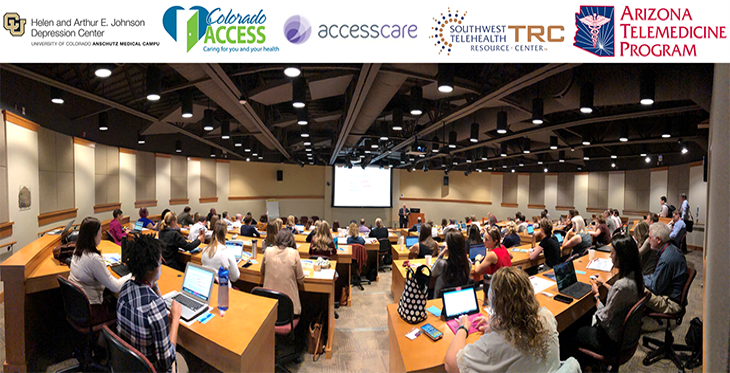
The Arizona Telemedicine Program (ATP) and the SWTRC have been conducting telemedicine training sessions for nearly 20 years and hosting regional telemedicine meetings for at least as long as well. Most have been within the state of Arizona, and although they have attracted attendees from throughout the Southwest region as well as the rest of the nation and world, we felt it’s time to expand our efforts and work more with our long-time partners in the region to promote telemedicine. To aid in this effort, the SWTRC received supplemental funding to our existing grant (as did all the TRCs) from HRSA (Health Resources and Services Administration) to co-host telehealth meetings in our designated regional states. First stop – CO!

The idea of having seniors use the internet on a daily basis was something not a lot of people expected. However, as the years went by, even this group couldn’t stay immune to the addictiveness of modern-day technologies and the internet.
More and more, older people today own a smartphone, and for one or another reason, they choose to spend a portion of their time on the internet. How and why they use it are clearly demonstrated in a piece by MediaAlertHelp, which details some reasons for using internet-based health aids and helps us understand some reasons that drive seniors to use technology and the internet, and how they use it.
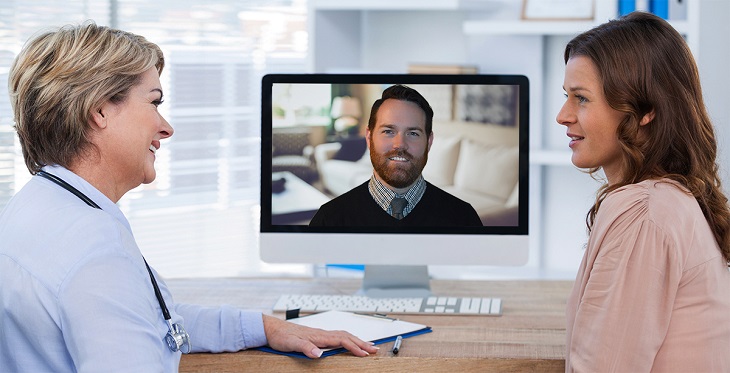
There is no other area of my life that I am more passionate about than the accessibility of mental health providers.
Some of the people I love the most live with multiple behavioral health diagnoses and have had life-long battles with addiction. I’ve lost loved ones due to not getting the help they need. I’ve also been on the other end of the phone trying to get someone the help they need and received the frustrating response that appointments are booked out weeks, sometimes even months.